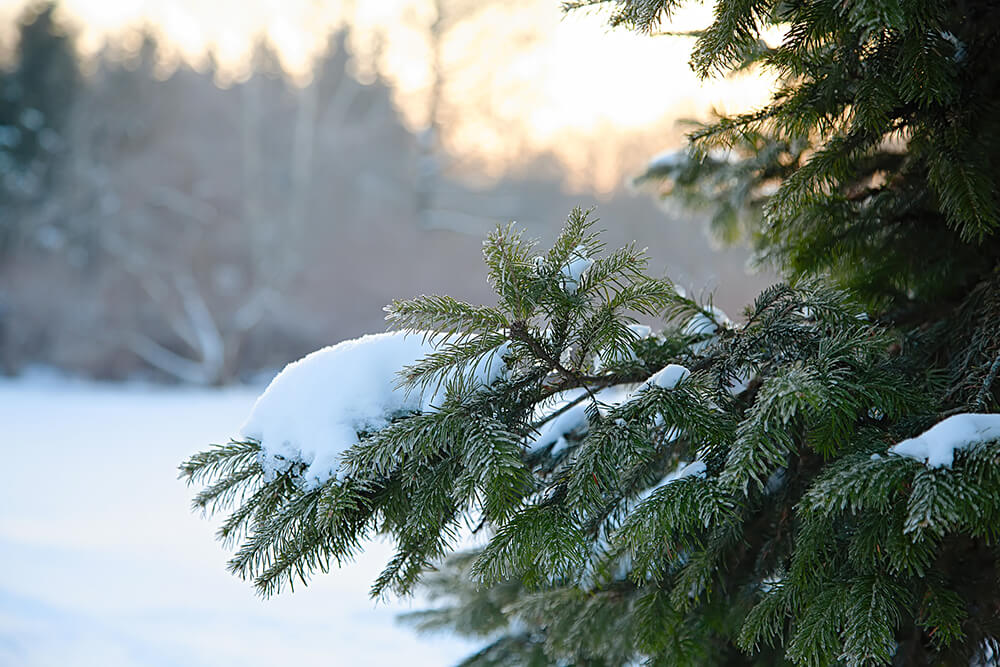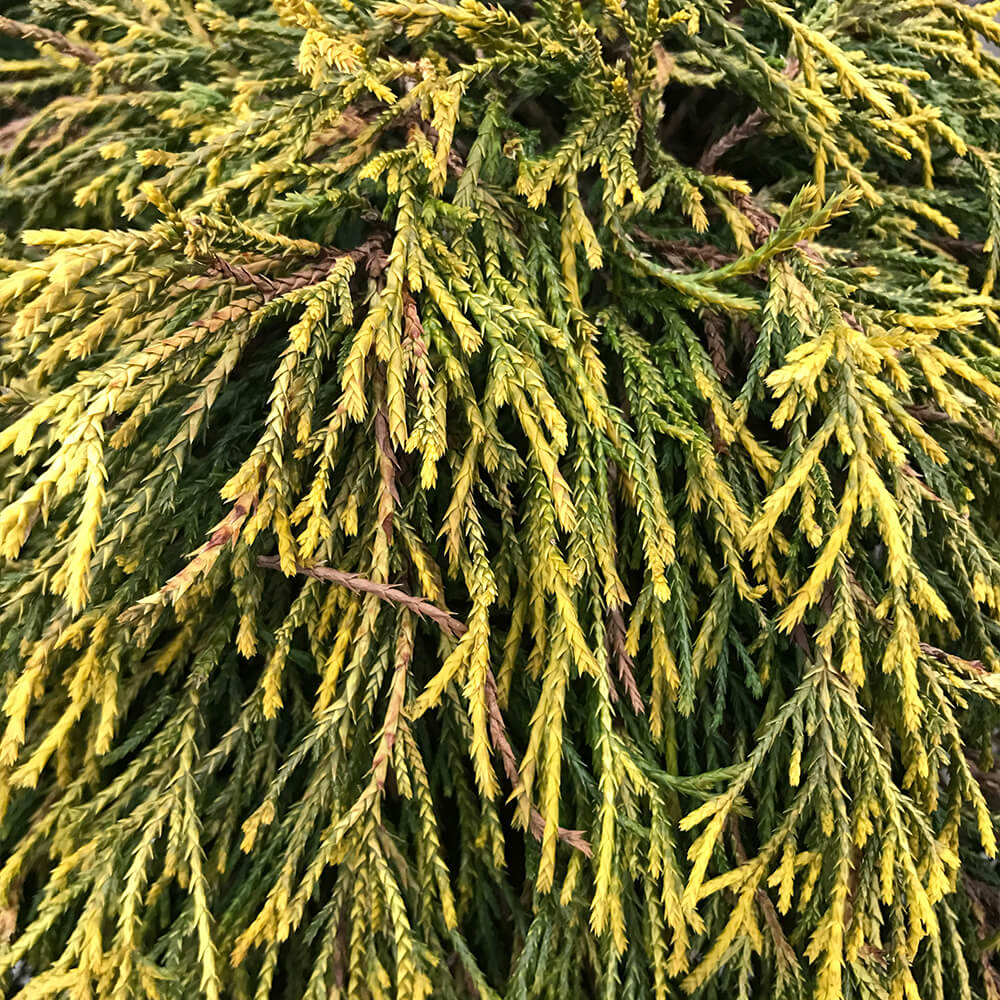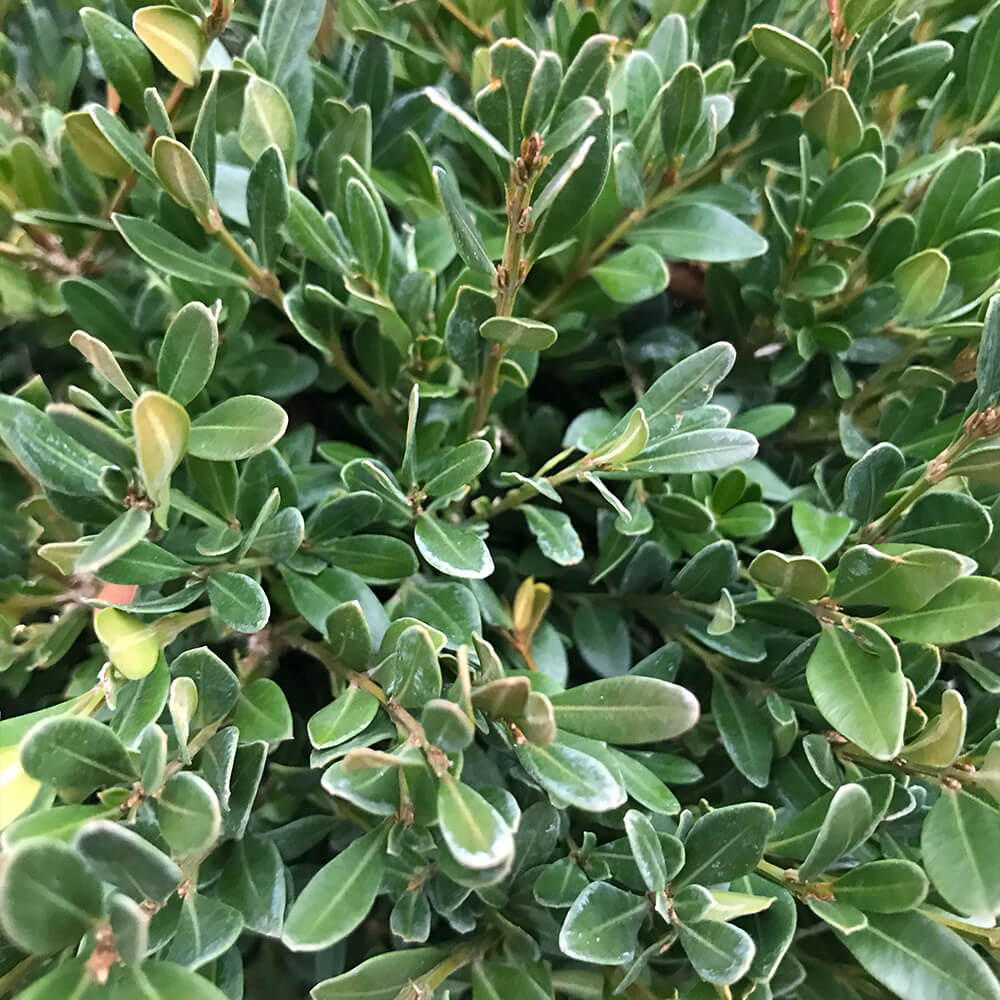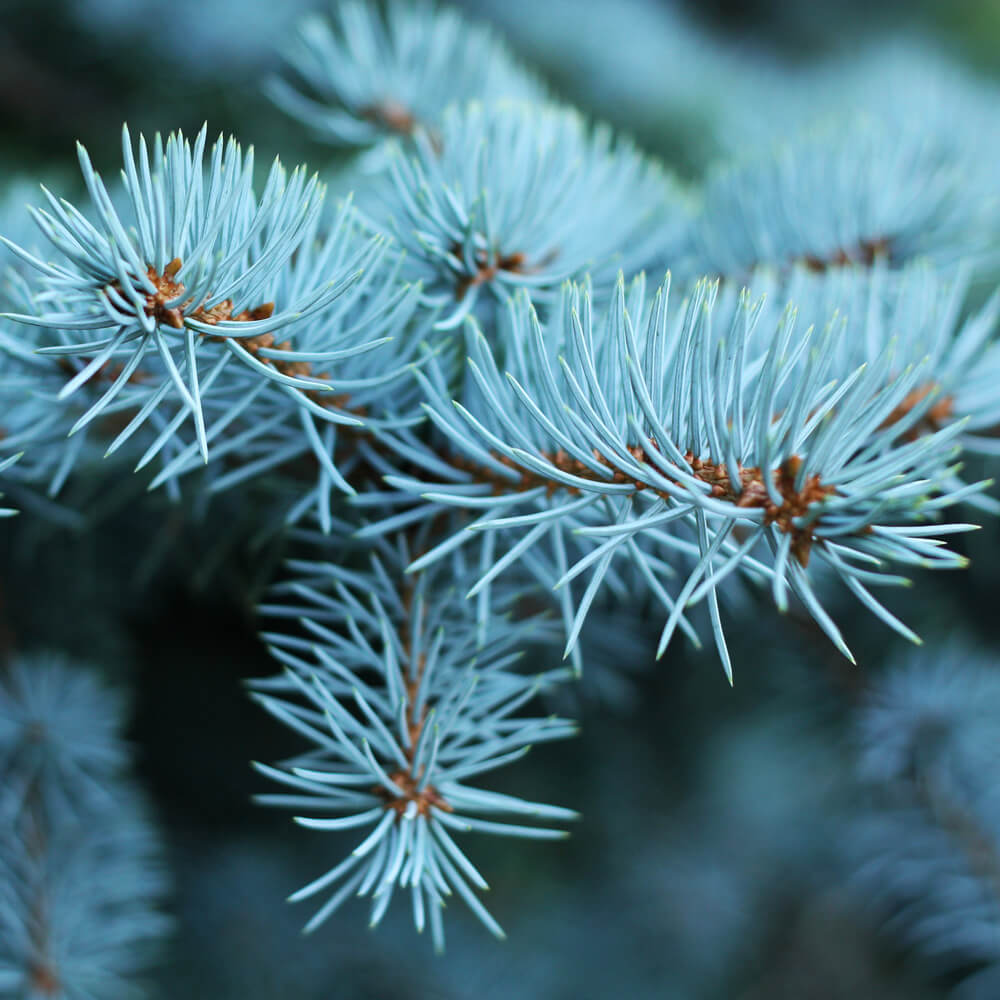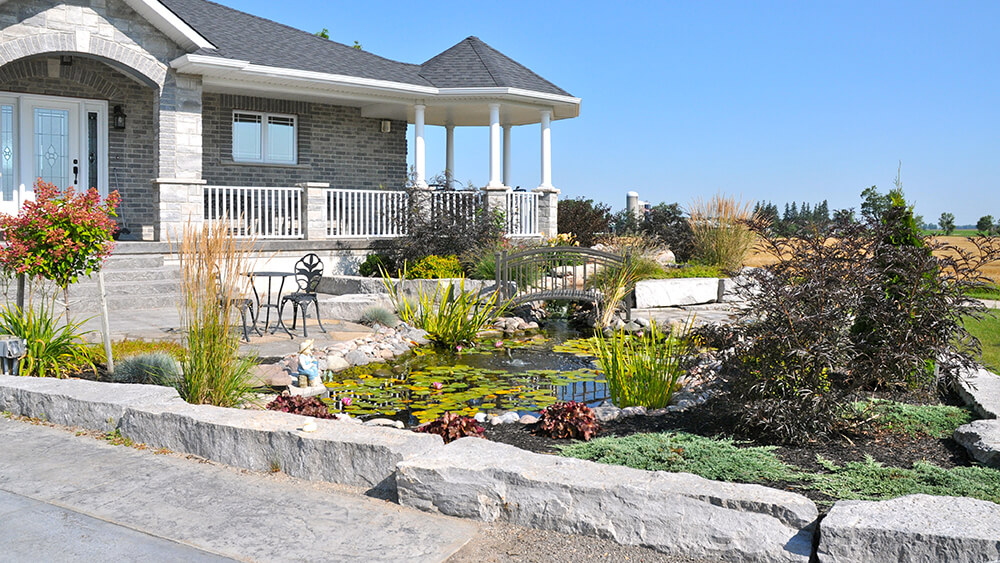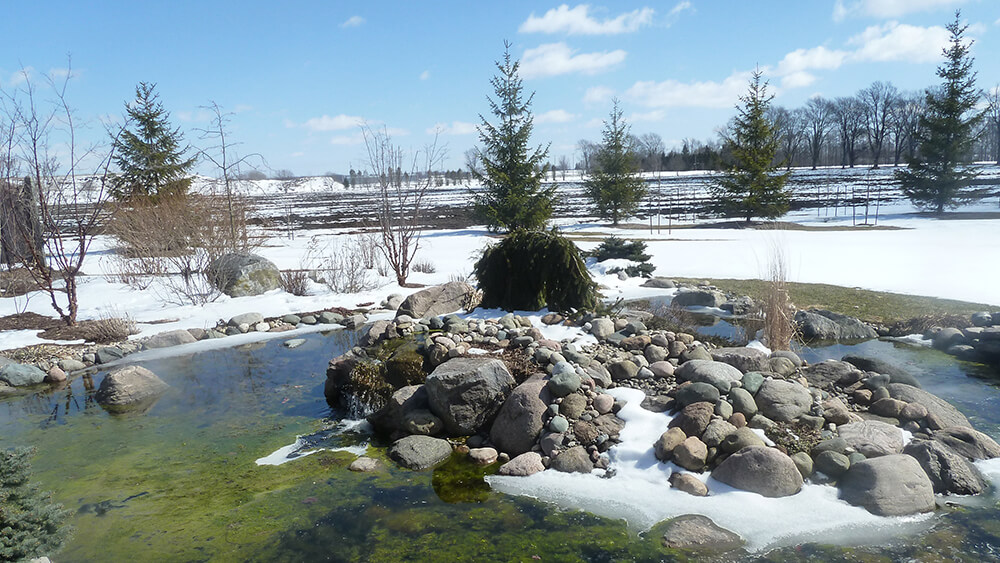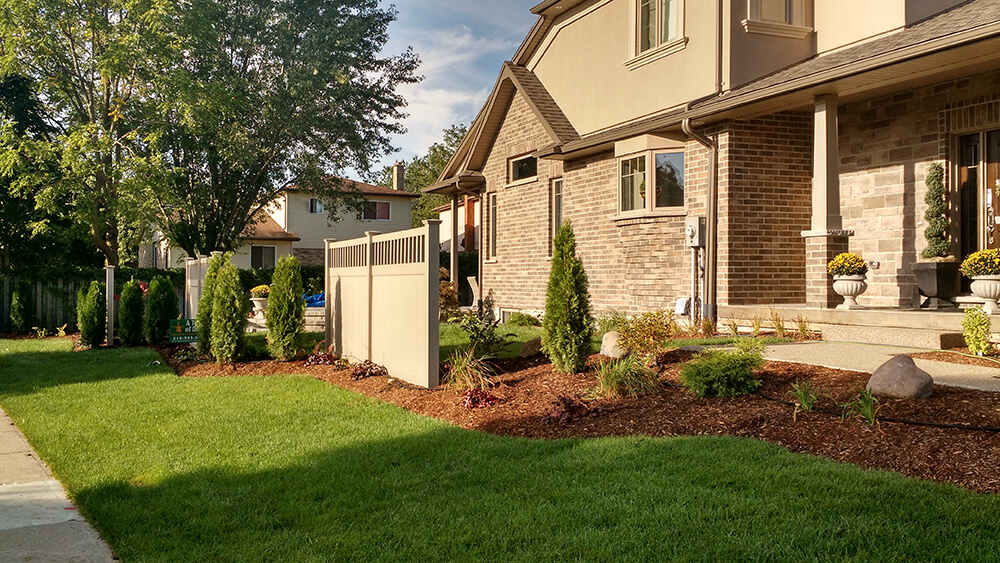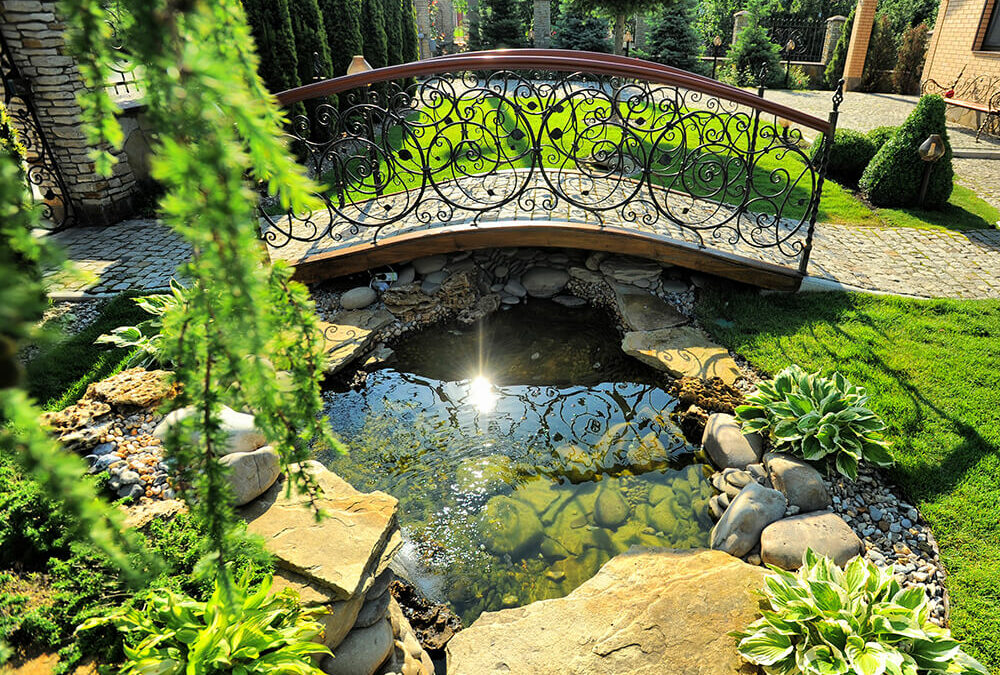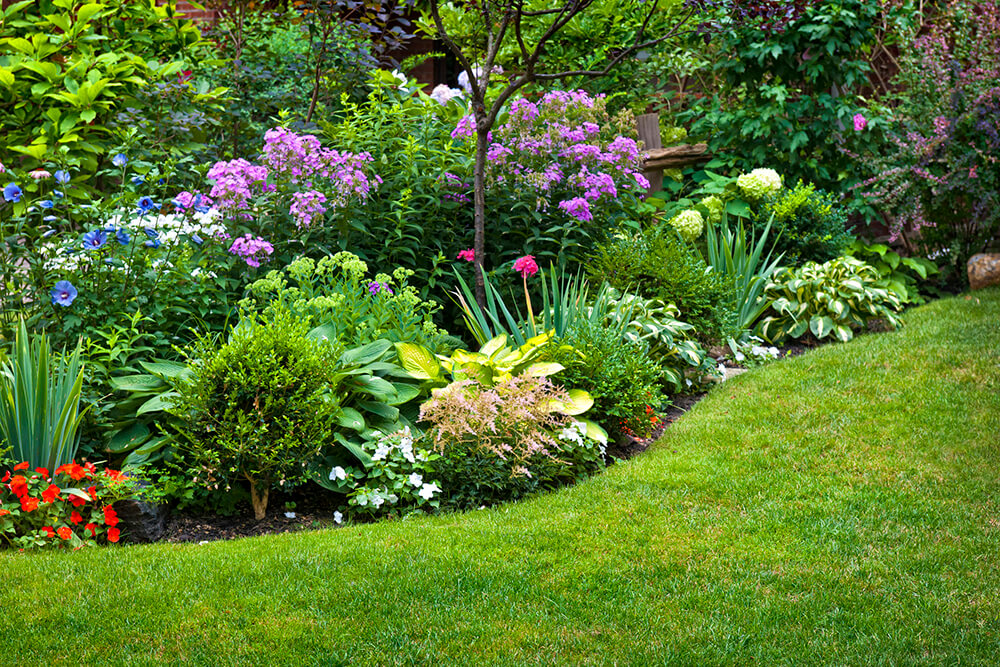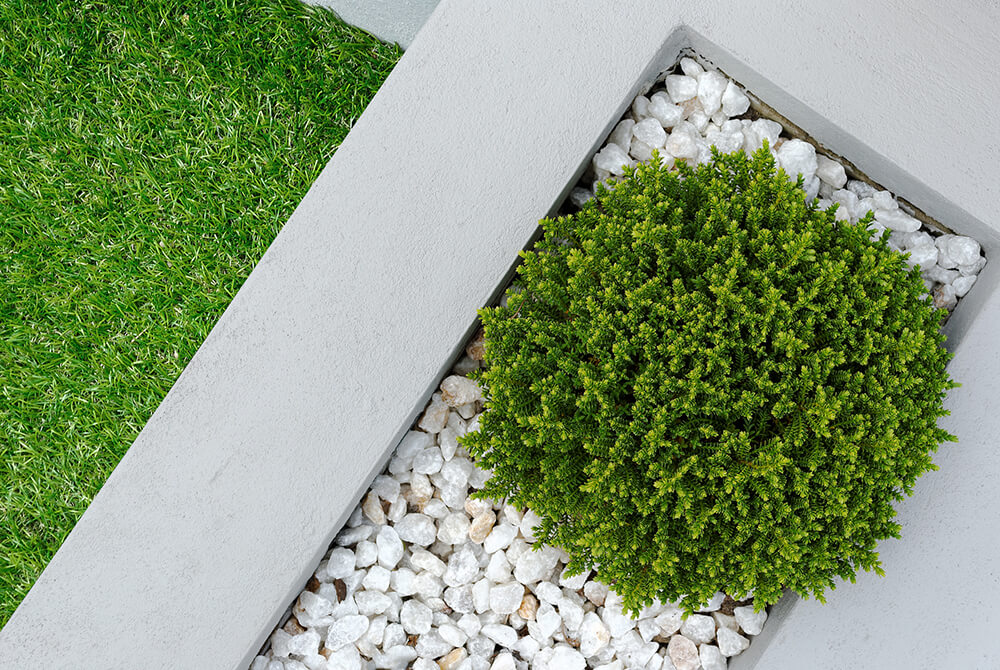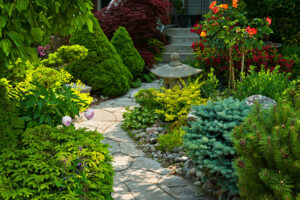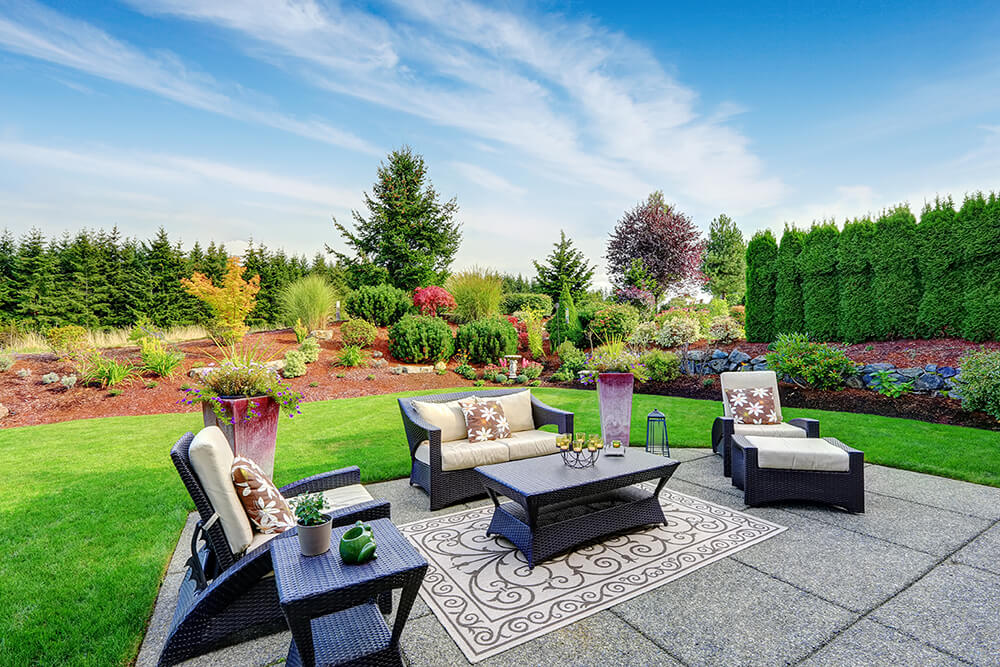
Add Privacy with Landscaping
Often, when homeowners want to add privacy to their yards, they think of walls and fences made from stone and/or wood. And sometimes solid structures like these are needed if the goal is to keep people and animals in or out.
However, if you simply want to break up visual sightlines, add privacy with landscaping including plants, shrubs, and trees. And if you’re looking for inspiration, here are some of our favourites that we incorporate into landscaping projects when clients desire increased privacy from neighbours.
Evergreen Options
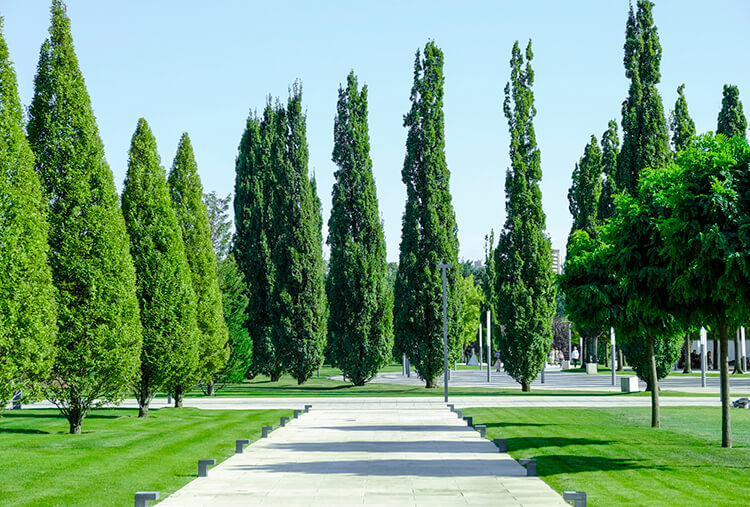 Emerald Cedar
Emerald Cedar
Although, slower growing than other cedars, the Emerald Cedar is a vibrant green, dense, cone-shaped evergreen that grows quite tall (4 metres) and can survive (preferably in full sun) for 30+ years.
Black Cedar
Although cone-shaped like the Emerald variety, the darker-coloured Black Cedar has a wider base, making it an excellent choice for windbreaks and perimeter hedges. They are a faster-growing shrub and can survive for 50+ years topping out at approximately 5 metres in height.
Yew (Taxus canadensis)
The Canadian Yew, the most prevalent of yews in Southwestern Ontario, is a vibrant green with dense limbs of soft, flat needles. While it does grow quite wide (up to 7 feet) it maxes out at only 4 feet in height, making it a candidate for low hedges and topiaries. Bright red berries mature in late summer to early fall, providing visual contrast against green foliage.
Spruce
While Black, White, and Red Spruces are indigenous, the Norway and Colorado/Blue varieties also thrive in Southwestern Ontario (hardiness zone 5). Generally speaking, Spruce trees are quite hardy with dense foliage, and reaching heights of 20-25 metres. This option is better planted away from buildings and other structures, with plenty of room between each, if planting in a row/group.
Upright Juniper
Low-maintenance and hardy, upright Juniper varieties like the Wichita blue and Ontario green juniper mature quickly with dense foliage that makes them a great alternative to fences and privacy walls. Junipers can be planted fairly close together as they are narrow, but grow to approximately 15 feet tall.
Deciduous Options
American Hornbeam
This hardwood can reach 15 metres tall and provides ample privacy with its densely packed leaves, which turn a brilliant red in the fall.
English Oak
The English Oak can grow to 60 feet tall and just as wide, though many varieties start out in a more cone-shaped habit before spreading out. These trees can live well beyond 100 years. There’s also a narrower variety more suited to tight spaces.
Privet
The fast-growing Privet makes a great privacy hedge with its dense, glossy, oval-shaped leaves. It flowers in the early summer, and yields non-edible fruit after flowering concludes.
 Ninebark
Ninebark
A popular hedge choice in landscaping, the Common Ninebark’s leaves are a yellowish-green and grow in dense arrangements with seasonal flowers clusters. It is a fast-growing shrub, reaching up to 10 feet high and 8 feet wide.
 Large Ornamental Grasses
Large Ornamental Grasses
Ornamental grasses that thrive in Southwestern Ontario come in a wide range of shapes, colours, and sizes. Feather Reed Grass and Fountain Grass both grow to about 3 feet tall and make good low privacy screens. But if you’re looking for complete privacy, tall varieties like those of the Miscanthus genus are your best bet. They work great in conjunction with fence panels, planted in a standalone cluster, or lining the perimeter of a deck or patio. A word of warning though, Miscanthus can become invasive, if not managed with regular splitting and cutting back to the ground.
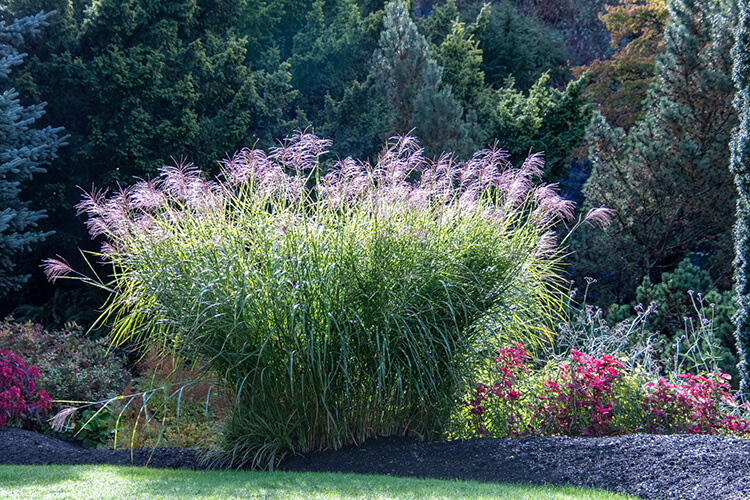
Although these suggestions can help you get started, you might benefit from expert advice and installation, ensuring that the right varieties of trees to add privacy with landscaping are chosen. Contact us any time for assistance with enhancing the privacy of your yard.



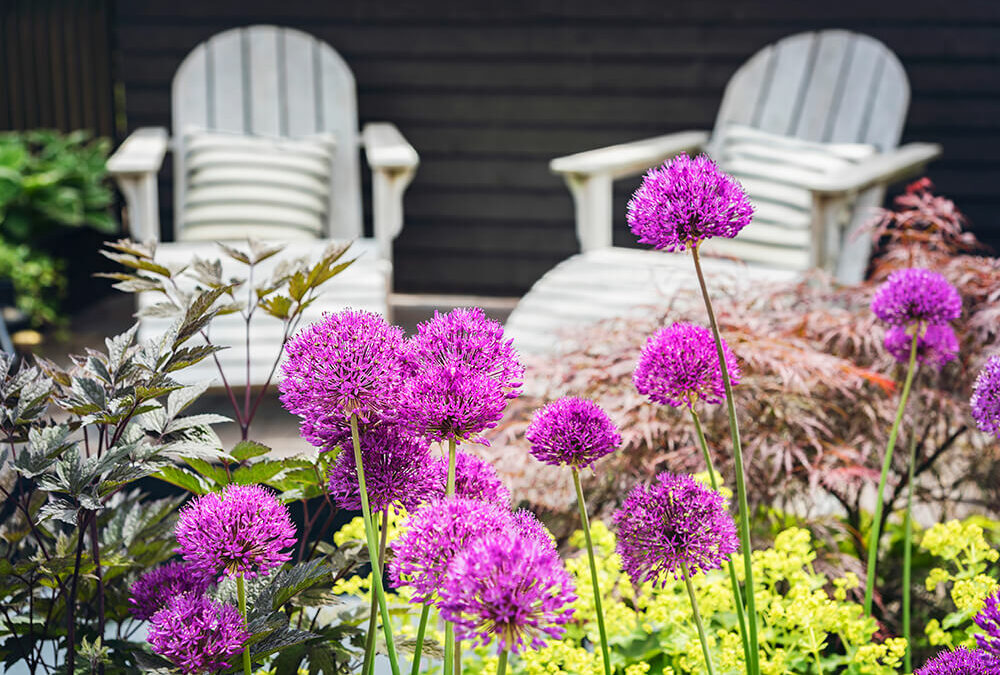

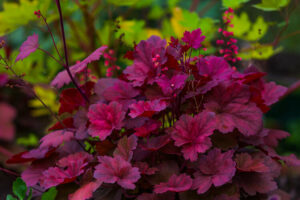
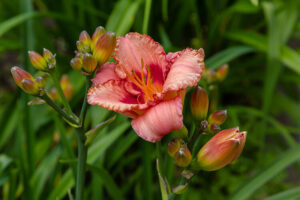

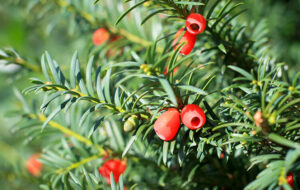


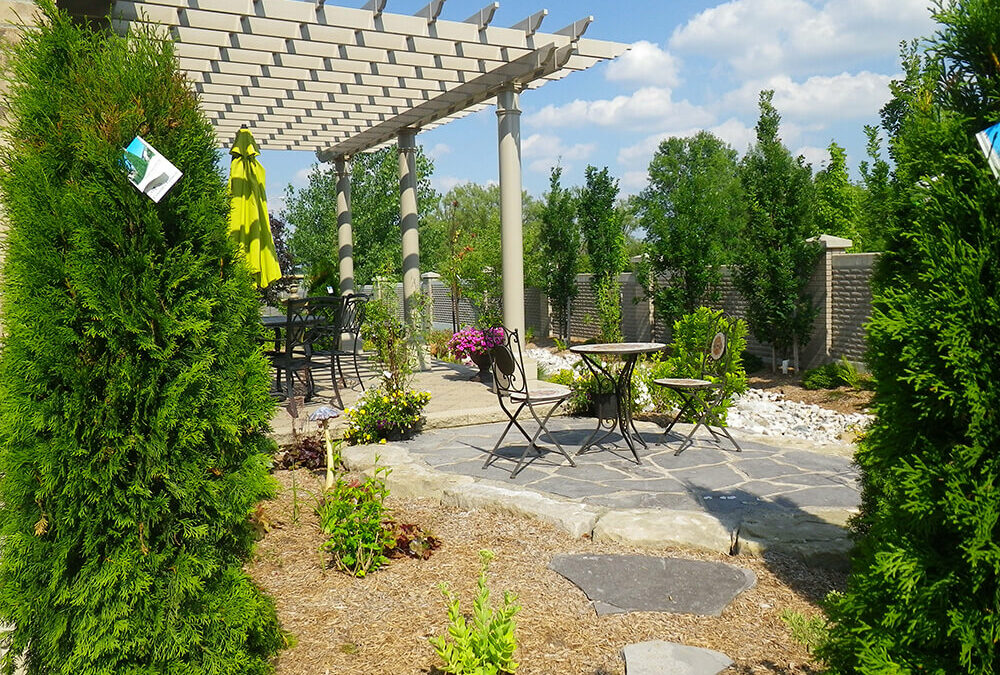
 If you search online for ways to increase a home’s value, one method that almost invariably tops the list is to increase your home’s curb appeal. After all, the front of your home provides the first impression for potential buyers, whether they’re passing by or viewing your home online.
If you search online for ways to increase a home’s value, one method that almost invariably tops the list is to increase your home’s curb appeal. After all, the front of your home provides the first impression for potential buyers, whether they’re passing by or viewing your home online. If you’re looking to upgrade your home’s exterior – front, sides, or back – consider updates that will enhance livability, functionality, and practicality. Not only will this maximize your enjoyment, but when it comes time to sell, potential buyers will be able to see themselves relaxing in, rather than working on, the yard and gardens.
If you’re looking to upgrade your home’s exterior – front, sides, or back – consider updates that will enhance livability, functionality, and practicality. Not only will this maximize your enjoyment, but when it comes time to sell, potential buyers will be able to see themselves relaxing in, rather than working on, the yard and gardens.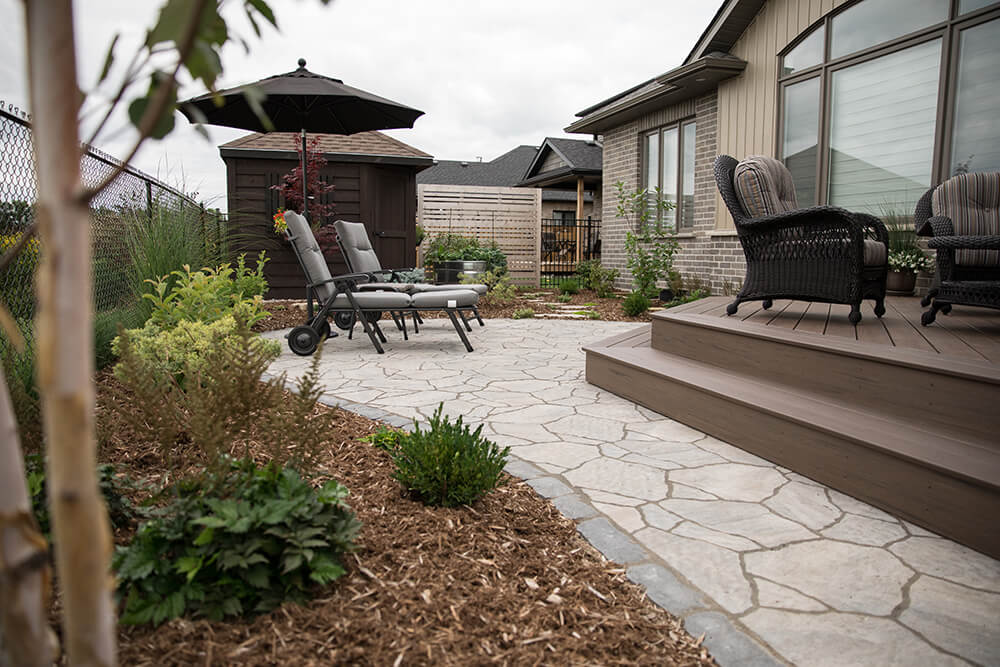 Walkways, patios, and retaining walls are gratifying additions to a home’s exterior. In keeping with the theme of minimal maintenance, though – a focus of almost every one of our customers – we recommend being mindful of the materials you use.
Walkways, patios, and retaining walls are gratifying additions to a home’s exterior. In keeping with the theme of minimal maintenance, though – a focus of almost every one of our customers – we recommend being mindful of the materials you use.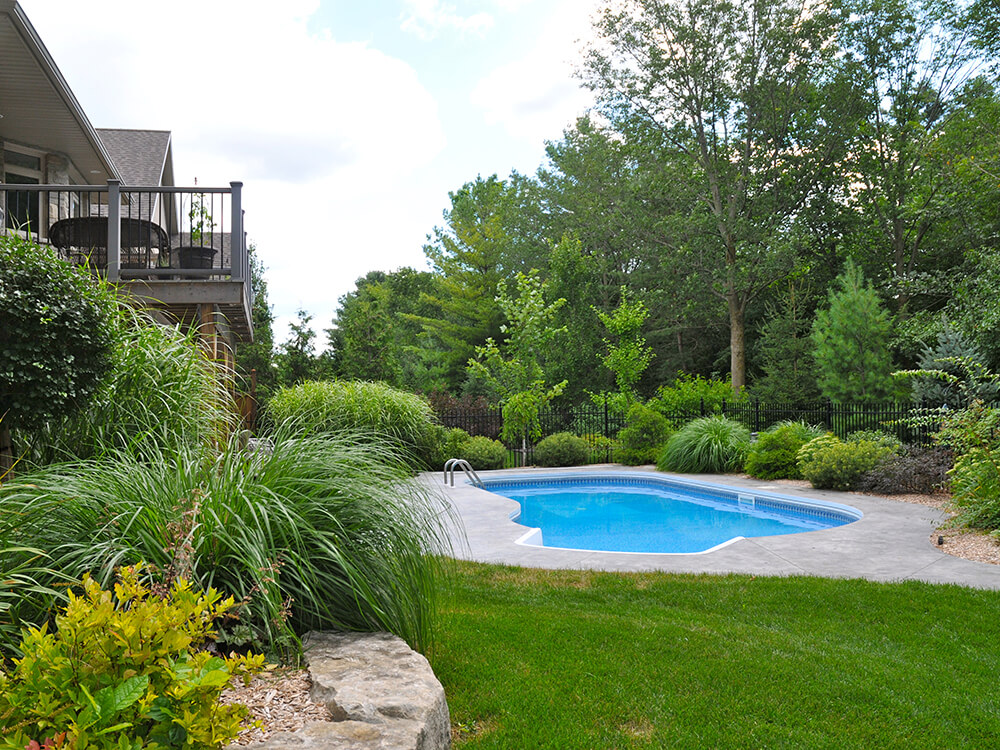 Plants, trees, and shrubs can be used to camouflage imperfections, add privacy, and enhance the existing beauty around your home’s exterior and yard. For example, an exposed foundation can make a home appear old and unkempt. But, planting a balanced selection of plants and shrubs appropriate for the location’s sun exposure can add depth and colour, providing a welcome distraction from your foundation’s drab, grey expanse.
Plants, trees, and shrubs can be used to camouflage imperfections, add privacy, and enhance the existing beauty around your home’s exterior and yard. For example, an exposed foundation can make a home appear old and unkempt. But, planting a balanced selection of plants and shrubs appropriate for the location’s sun exposure can add depth and colour, providing a welcome distraction from your foundation’s drab, grey expanse.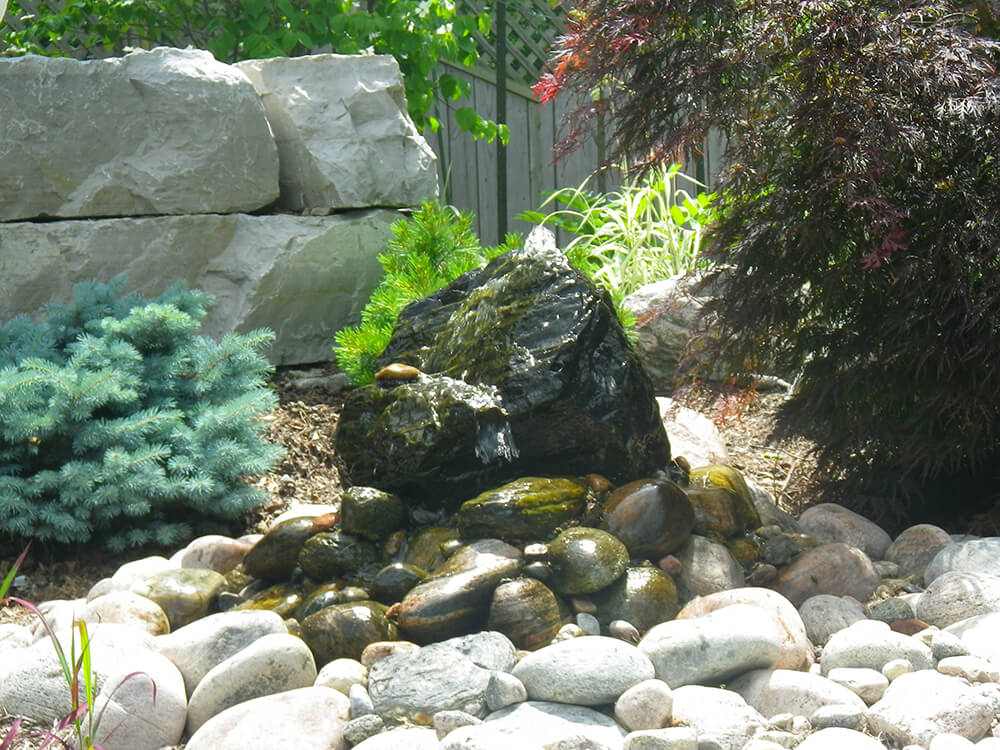 Add unique atmosphere to your outdoor living areas, walkways, and/or front entrance with lighting and water. Ponds, streams, waterfalls, fountains, and bubbling rocks add an audio-visual element that has a universally relaxing effect. And including lighting along walkways, trees, water features, pools, and patios enhances outdoor safety and enjoyment after the sun goes down.
Add unique atmosphere to your outdoor living areas, walkways, and/or front entrance with lighting and water. Ponds, streams, waterfalls, fountains, and bubbling rocks add an audio-visual element that has a universally relaxing effect. And including lighting along walkways, trees, water features, pools, and patios enhances outdoor safety and enjoyment after the sun goes down.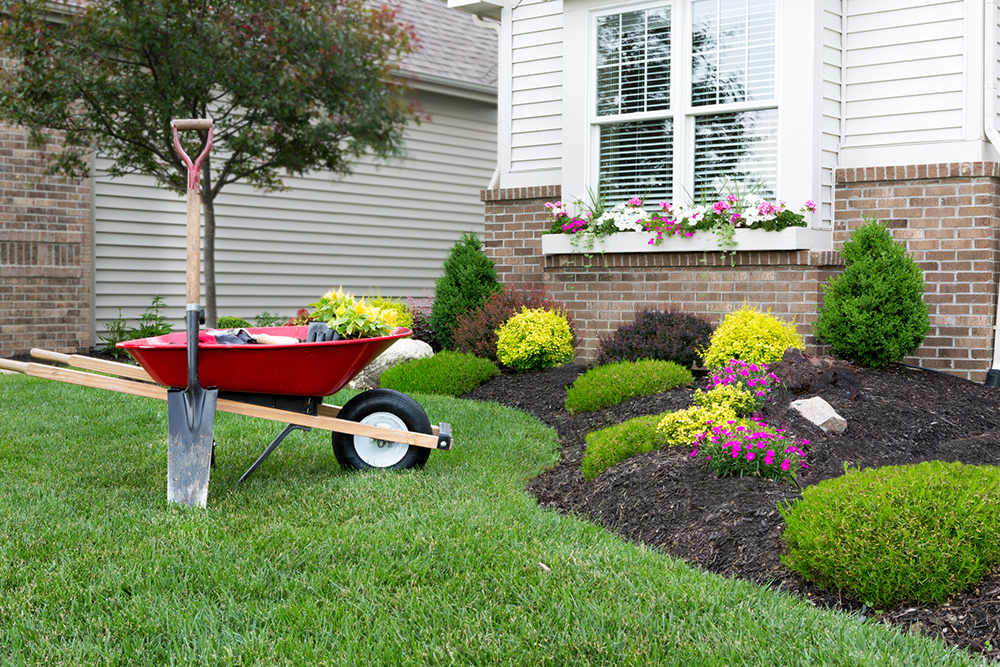
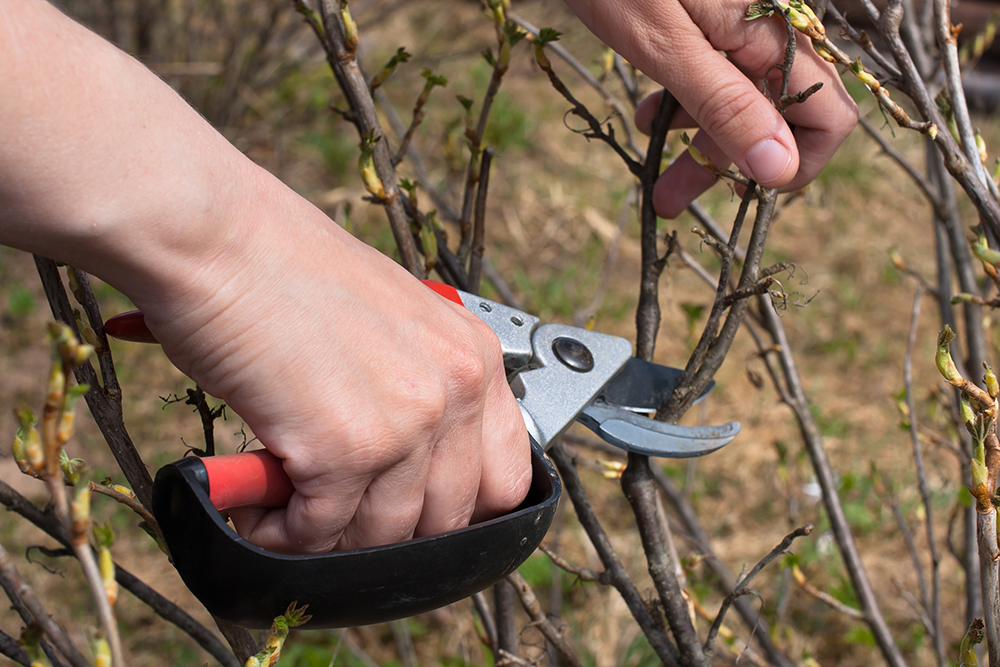 Hand Pruners or Secateurs
Hand Pruners or Secateurs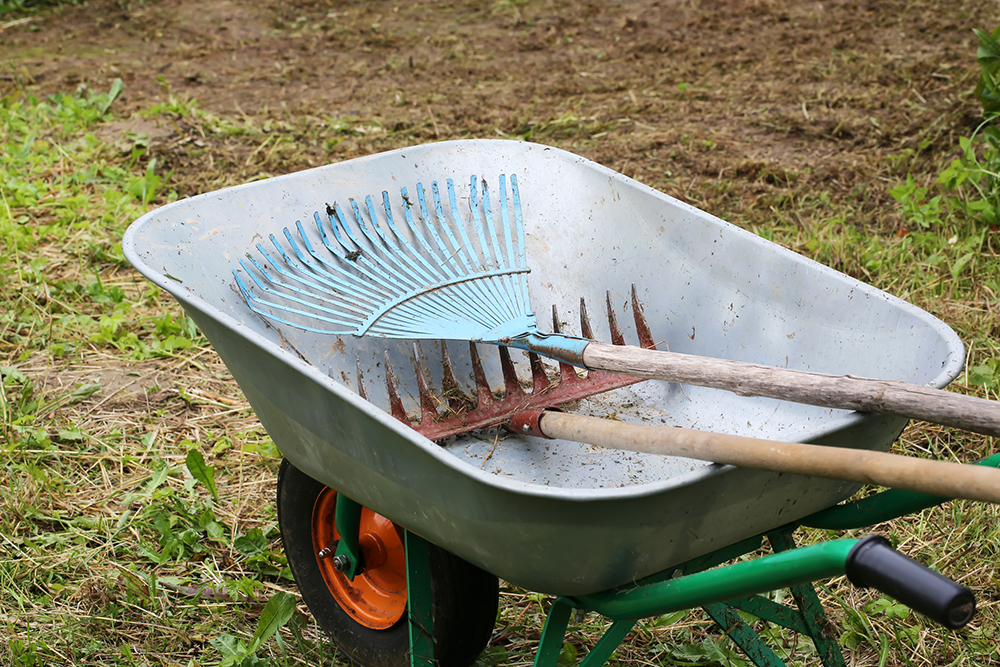 A garden rake on the other hand, is a bit heavier and has one flat row of short steel tines. If you want to transfer, level out, and/or comb through soil, this is the device for the job. Other types of rakes include the hand rake, shrub rake, and
A garden rake on the other hand, is a bit heavier and has one flat row of short steel tines. If you want to transfer, level out, and/or comb through soil, this is the device for the job. Other types of rakes include the hand rake, shrub rake, and 